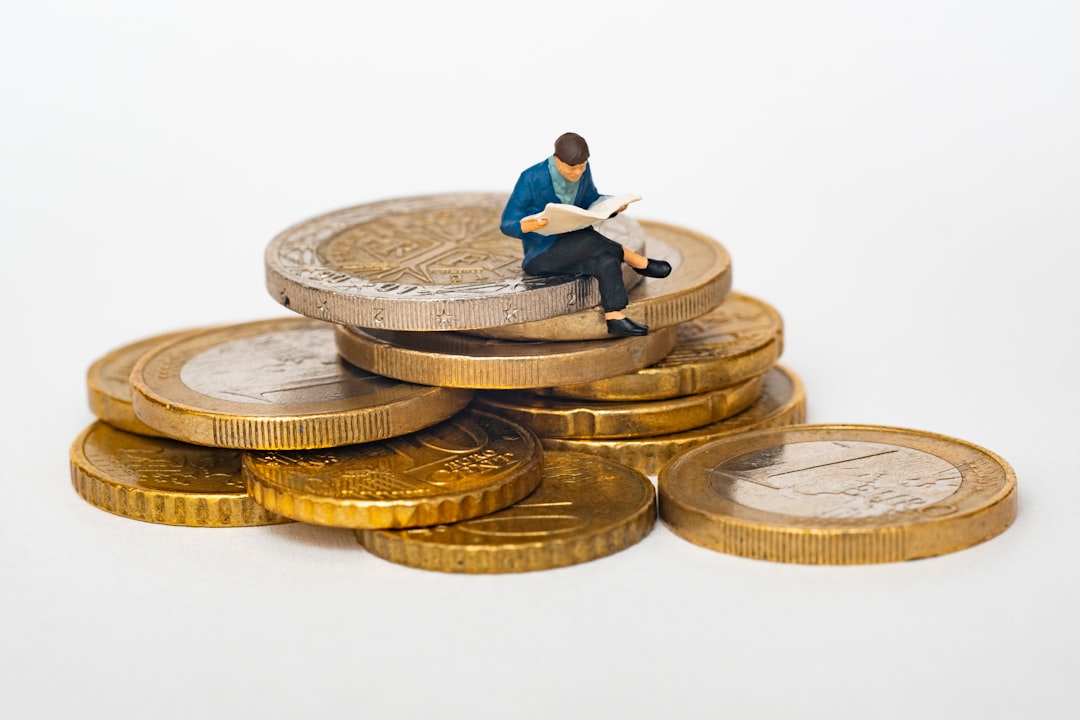
How Markets Work: A Beginner’s Guide.
## Introduction. Understanding how markets operate is essential for anyone looking to navigate the world of business and economics. Markets are the backbone of economic systems, influencing everything from the prices we pay for goods and services to employment opportunities. This guide aims to demystify the concept of markets for beginners by breaking down their fundamental components and functions. ## What is a Market?. A market is defined as any structure or mechanism that allows buyers and sellers to exchange goods, services, and information. In simple terms, it is a platform where people come together to engage in trade. Markets can be physical, such as a local farmer's market, or digital, like an online shopping website. Understanding the various types of markets can help one appreciate how diverse these platforms can be, ranging from stock exchanges to online auction sites. ## The Roles of Supply and Demand. The core principles of any market revolve around supply and demand. Supply refers to the quantity of a good or service that producers are willing and able to sell at a given price. Conversely, demand is the amount that consumers are willing to purchase at that price. The interaction of these two forces determines the market price of goods and services. When supply exceeds demand, prices typically drop, and when demand exceeds supply, prices rise. This dynamic is crucial to understanding price fluctuations and market behavior. ## Market Equilibrium and Its Importance. Market equilibrium occurs when the quantity supplied equals the quantity demanded. At this point, there is no surplus or shortage, and the market is 'cleared,' meaning all resources are allocated as efficiently as possible. Understanding market equilibrium is vital for predicting how various factors—such as government policies, natural disasters, and changes in consumer preferences—can impact pricing and availability. Changes to equilibrium can create ripple effects throughout the economy, impacting everything from investor sentiment to consumer spending. ## Types of Markets: An Overview. Markets can be categorized into various types, each serving different purposes and subject to unique dynamics. 1. **Perfect Competition**: Many buyers and sellers with homogeneous products. 2. **Monopoly**: A single seller dominates the market. 3. **Oligopoly**: A few large firms hold significant market power. 4. **Monopolistic Competition**: Many firms sell products that are differentiated from one another. Each type has its own challenges and advantages, influencing how businesses operate and compete. ## The Role of Government in Markets. Governments play a significant role in regulating markets to ensure fairness, competition, and consumer protection. Through policies and laws, they establish rules that can affect how goods are produced, sold, and priced. Regulations can include labor laws, environmental protections, and consumer safety measures. While some argue that government intervention can impede market efficiency, others posit that it is necessary for ensuring a level playing field and protecting public interests. ## The Impact of Globalization. In today's interconnected world, understanding how markets function on a global scale is increasingly important. Globalization has opened up markets, allowing for the free movement of goods, services, and capital across borders. This interconnectedness can enhance competition, drive innovation, and provide consumers with a broader range of choices. However, it can also lead to challenges such as trade imbalances, reliance on foreign markets, and the complexities of international regulations. ## Conclusion. Grasping how markets work is fundamental not just for those pursuing a career in business but also for anyone interested in the mechanics of everyday transactions. By understanding the principles of supply and demand, market equilibrium, and the various types of markets, beginners can develop a robust framework for analyzing economic activity. As we continue to navigate an increasingly globalized economy, the principles that govern markets will play a critical role in shaping our future. .






